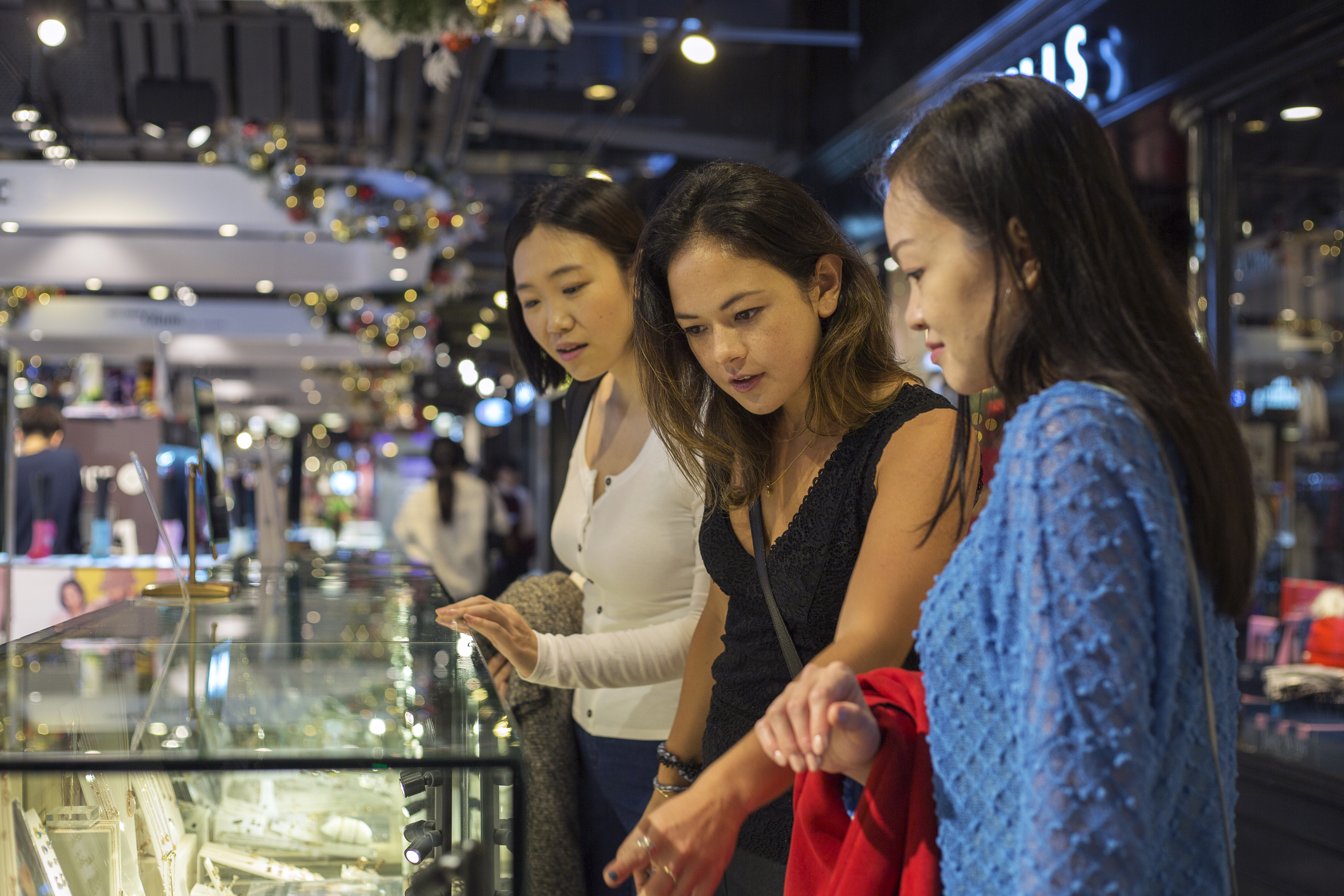Are Chinese consumers still trading up to premium products? China Skinny’s Mark Tanner says the answer is both yes and no, depending on what you’re selling alongside your positioning and value proposition.
Whilst China’s retail spending growth has seen some healthy year-on-year growth over the past few months – 7.8% in March, 18.6% in April and 12.7% in May – there was a small element of ‘revenge spending’ following China’s opening up, and it is based on a 2022 baseline when there was much uncertainty driven by Covid-Zero policies and the lockdowns in Shanghai and other cities.
Overall, many consumers remain price sensitive. We’ve noted signals of this in April following price-focused initiatives by the ecommerce giants. Similarly, in the much-touted rise in travellers over the May Holiday, 19% more people took trips than the pre-Covid days of 2019, but they spent 18% less on average.
In last week’s Dragon Boat Festival holiday, travellers were up, but they spent 16% less per person.
A number of categories in the FMCG sector are also feeling the pinch. A Bain study found that FMCG sales grew 1.9% in Q1 this year from a year ago (and 5.1% in April), while the average sales price in Q1 was actually 0.8% lower than 12 months ago.
These price decreases weren’t across the board, with pricing trends diverging across categories.
The trading up trend continued in categories such as Home Care and Packaged Food where consumers paid 3-5% more on average than a year ago. For beverages and personal care, they paid 2-6% less. Within those categories, there were stark differences in the direction of pricing. Generally, premiumisation continued for categories with strong innovations, typically by addressing consumers’ rising health and hygiene needs.
An example is the beverage category, where the average price is 2.4% lower than a year earlier. Yet the average price of juice grew 7%, driven by new processing methods which enhanced the quality and nutritional value. Similarly, new flavours such as lime juice, hawthorn juice, and sea buckthorn juice played a significant role in driving up the price and attracting health-conscious consumers.
The seemingly ever-increasing focus on health is also reflected in the price consumers are paying for health supplements. Our Health Tracker data saw the weighted average sales price – taking the number of sales at each price point into account – growing 13% overall between May 2022 and May 2023. Some subcategories like vitamins & minerals and energy supplement drinks grew much faster.
The increase in social occasions since China opened up has also driven an increase in the weighted average price consumers are paying for skincare and beauty products, per China Skinny Tracker data.
Like in many markets, more affluent consumer segments appear to be the least cautious right now. Strong growth in spending on luxury goods in China this year has seen luxury chains bullish about the China market, with brands including LVMH, Hermès, Galeries Lafayette and Alexander Wang praising the opportunities in China and opening new stores across the country.
So getting back to our first paragraph: there are areas where brands are tightening their belts, and others where consumers are spending more than ever. Brands should note the drivers and dial up health benefits where relevant; and innovate with new, relevant product variations.
For more information contact Mark Tanner at chinaskinny.com or [email protected]




